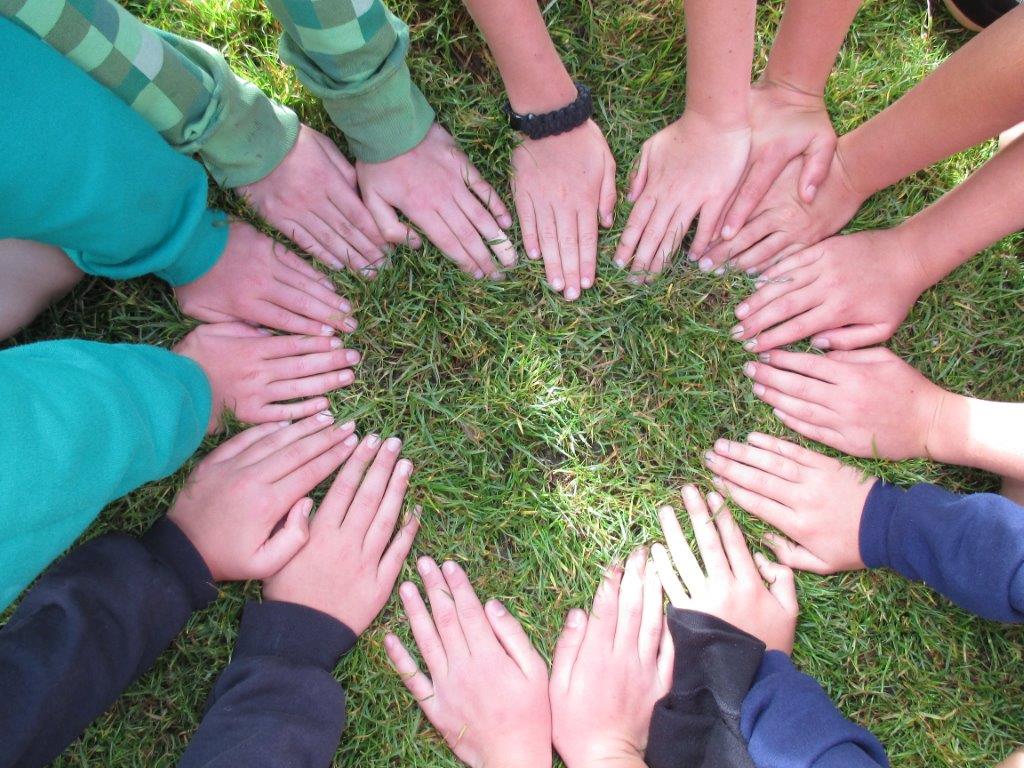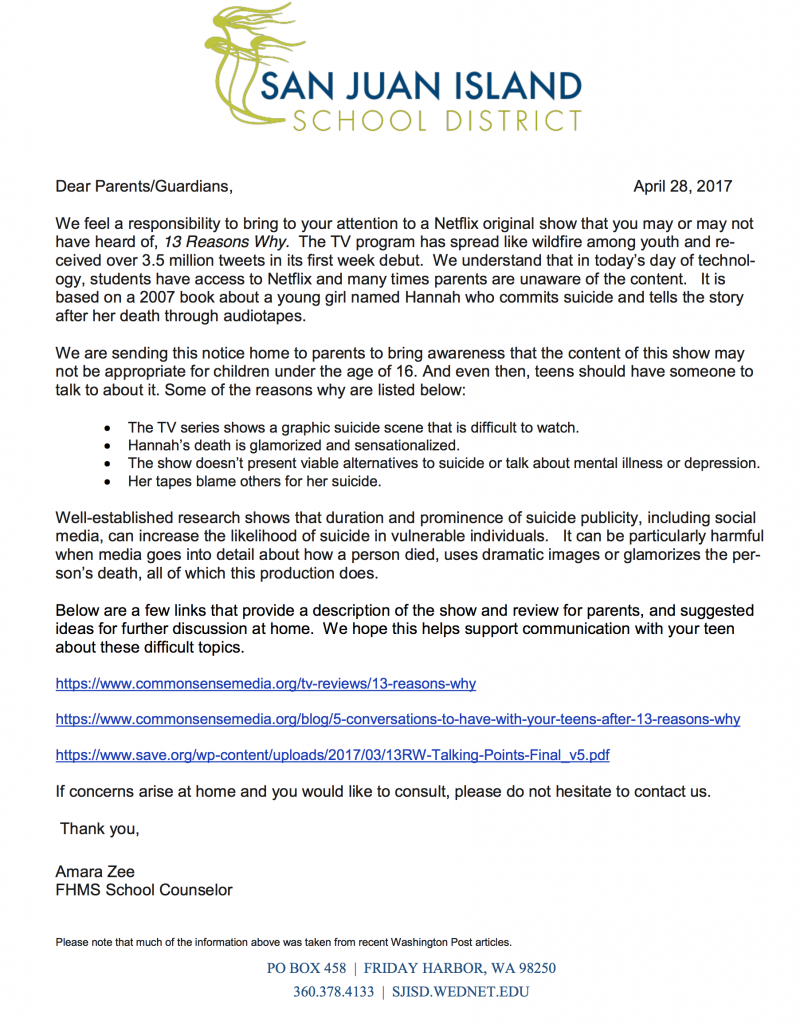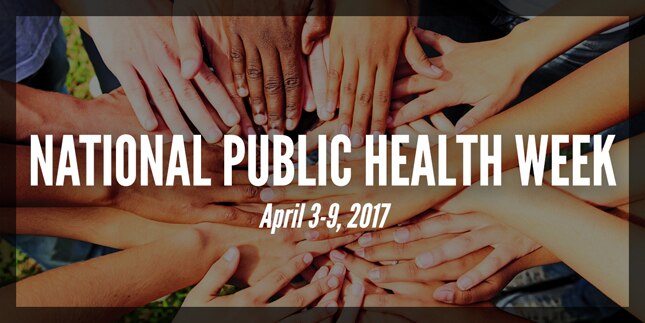Zach Fincher shares a little information about his Community Project at FHES and how it led to their opportunity to present at the State level in Prevention.
“Last year, at the WA. State Prevention Summit, we learned about Tucker the Turtle and his Turtle Techniques. Tucker is an evidence-based program to help kids by teaching them to reduce stress and to manage their emotions, particularly, if they get mad. I worked closely with my mentor, Cynthia Stark-Wickman, Executive Coordinator, of the San Juan Island Prevention Coalition to research and implement these ideas into a script. I enlisted the help of some of my fellow actors from our International Thespian Society, Friday Harbor Chapter to perform the skit that I wrote based on Tucker’s Turtle Techniques. I also enjoyed meeting with the 1-3 graders prior to the performance to do a pre survey, so I could return after the performance to ask the same questions and see if the students learned any new skills from our skit. The results were encouraging! Kids reported an increase in skills to deal with bullies and bullying behaviors across the three grades, in some cases by over 55%! We also reminded students, as part of the performance, that taking five deep breaths is scientifically proven to help reduce stress and allows time for us to think, before we just react. I’m grateful to Principal Ball and her team of teachers and counselors as they supported my efforts with this community project. If you haven’t seen the video recording, it’s on the sjipc.org website under the Tucker the Turtle tab. We also put a Tucker the Turtle book in the FHES Library for kids to check out. I truly enjoyed sharing some positive messaging with our younger community members. I know I looked up to the older kids when I went to FHES as a student. I understand the power of kids teaching kids. I hope one day, some of these students will be moved to do a similar project and return to share their positive messages with the next generation of FHES students.”
Upon completing his community project, Zach and other Rock Solid Youth, Chiara Power and Luke Fincher, submitted their application to present their prevention project at the Spring Youth Forum. Chiara and Luke were actors in the performance and also attended the November 2016 WA State Prevention Summit with Zach. There were 43 teams, with over 400 students from across our state selected to compete and share their prevention projects at the Spring Youth Forum. The youth always enjoy attending this Forum as they hear directly from other youth about their community prevention projects and are often inspired by their ideas to return and do another prevention project for our community. Chiara Power shares, “ I want to personally thank the San Juan Island Prevention Coalition for supporting us and making it possible to attend these youth leadership training programs. During this trip, we saw some amazing students (of my own age) present projects they did in their own communities. It was nice to see my generation take problems into their own hands and act upon the problems facing their communities. I definitely saw things that inspired me and things I want to take back to our community. One group of girls did a female self and body confidence workshop that was moving and poignant. After their presentation, I turned to one of my friends (a member of HOTS Jr. from FHMS) and said, “We should do that on the island.” It was really a pleasant experience and I saw my leadership skills bloom a little more with each presentation we gave.”
Luke Fincher shares, “we were separated by room for the first round of presentations, with six-seven teams in each room. After each presentation, we were critiqued on impact, innovation, collaboration, and sustainability. Afterwards, the top seven teams were chosen to present their presentation again for the the entire Forum, over 400 people! Rock Solid was first in each of our group presentations, which really tested our confidence. When the judges read off the Grand Prize winners name…ROCK SOLID, we were all in a state of shock. We are very grateful and feel very honored, as we saw some amazing youth share some very powerful projects. I want to thank the San Juan Island Prevention Coalition and all the community members that invested in us. I want to stay involved and do more prevention projects for our community.”
As Grand Prize winners, Rock Solid won $ 5,000 towards their next Youth Leadership Training Program, which takes place in Washington DC in February 2018. CADCA, Community Anti-Drug Coalitions of America, offers their NYLI (National Youth Leadership Initiative) where the students will learn more of the strategic prevention framework model and environmental strategies to help implement positive change in their community. They will also go to Capitol Hill and meet some of our state’s leaders and learn ways to advocate for change at a different level. This national conference will help build upon the skills they have learned attending these state and local youth leadership programs. Investing in youth leadership training has always been a hallmark of the San Juan Island Prevention Coalition as the youth then participate in policy, environment, and system changes that target their peer group and other youth. This is Zach’s seventh year in prevention, as he started in 2011, attending his first WA State Prevention Summit in Yakima. This is where Zach got the idea to start Rock Solid while a student at Spring Street International School, offering a prevention club open to all youth from the private, public and home school communities.
As you may know, the San Juan Island Prevention Coalition (SJIPC) is a non-profit organization whose mission is to reduce substance abuse in youth and to create a community culture supporting healthy choices and responsible behaviors in youth and adults. If you would like to get involved, our next Board of Trustees meeting is Friday, June 16th. Please RSVP at 370-7516 orprevention@sanjuanco.com Rock Solid will share more of their presentation at 12 noon at this meeting.
The SJIPC applies for State grants to run these programs. Currently, SJIPC is a Community Prevention and Wellness Initiative supported community coalition funded by the Division of Behavioral Health and Recovery (DBHR) with the WA Department of Social Health Services. As budget cuts continue, we always welcome the support of private donors and organizations to help support more youth in youth leadership training opportunities and project development and implementation. These bright and capable students are helping to bring positive change to our community. We are grateful to our community for all their support of these young leaders!
Thank you… Debbi Fincher, Rock Solid Team Advisor






















